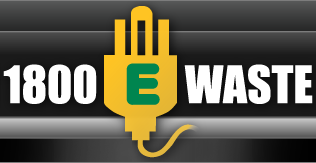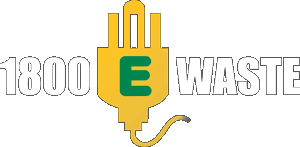Fluorescent lighting isn’t new, in fact we’ve been installing it in our houses since the 1940’s. However, with the advent of the compact fluorescent light (CFL) now replacing incandescent lights, we need to raise awareness about the importance of recycling them correctly.
The advantages of using a CFL over an incandescent light are numerous, the most significant is the energy saving, a CFL uses up to 80% less electricity than the old incandescent light bulb. According to the US EPA, if every home in America replaced just one incandescent light bulb with an energy star1 qualified CFL, the energy saved would be sufficient to light more than 3 million homes and prevent greenhouse gas emissions equivalent to those of more than 800,000 cars annually.
However, energy saving is not the issue, mercury is.
The scientific development of the fluorescent light bulb has come a long way in the last few decades, however, they haven’t been able to find an energy-efficient substitute for the mercury used in a CFL and so a small amount is still being used in every fluorescent light. The danger arises if the mercury is released into the environment, either by the light bulb being smashed or put in landfill. The harmful effects of mercury exposure have been well documented (both as a vapour and in landfill), the human health risks as well as environmental damage are to be taken very seriously.
The largest source of mercury pollution entering our landfills is from the dumping of mercury containing fluorescent tubes and High Intensity Discharge (HID) lamps. Australians consume 50 to 60 million fluorescent tubes and HID lamps every year. Of this enormous figure only 1% are recycled, the rest are polluting Australian landfill and subsequently surrounding environments.
How can we prevent mercury being released into the environment?
Simply by stopping it at the source, don’t let your fluorescent lights end up in the municipal waste stream, ensure they’re recycled properly. Collection and recycling services for fluorescent lighting have been in operation in others parts of the world for more than 40 years, it’s time Australia caught up.
What is being done to make recycling of fluorescent lighting easier in Australia?
In May 2009, the Environment Protection and Heritage Council (EPHC) announced its support for Fluoro-cycle, a voluntary partnership between government and industry to increase recycling of mercury containing lamps. The initial focus of the scheme is on those sectors that account for the largest consumption of mercury containing lamps, namely the commercial and public lighting sectors. It is expected that the scope of the program will be broadened to include lamps from the domestic or household sector. The scheme is due to launch late 2009.
How to recycle your fluorescent lights right now?
Thankfully awareness about the importance of disposing fluorescent lighting correctly is on the increase and with that has come numerous companies specialising in recycling mercury-containing lighting.
1800ewaste is one such company, we specialise in the collection and recycling of all electrical equipment including fluorescent lighting and we only recycle with ISO14001 accredited Australian facilities. We’ll come to the location of your choice and load the waste directly onto our trucks. Our service is fast, professional and reliable, please give us a call today to discuss your requirements.
1800EWASTE, 1800 392 783

